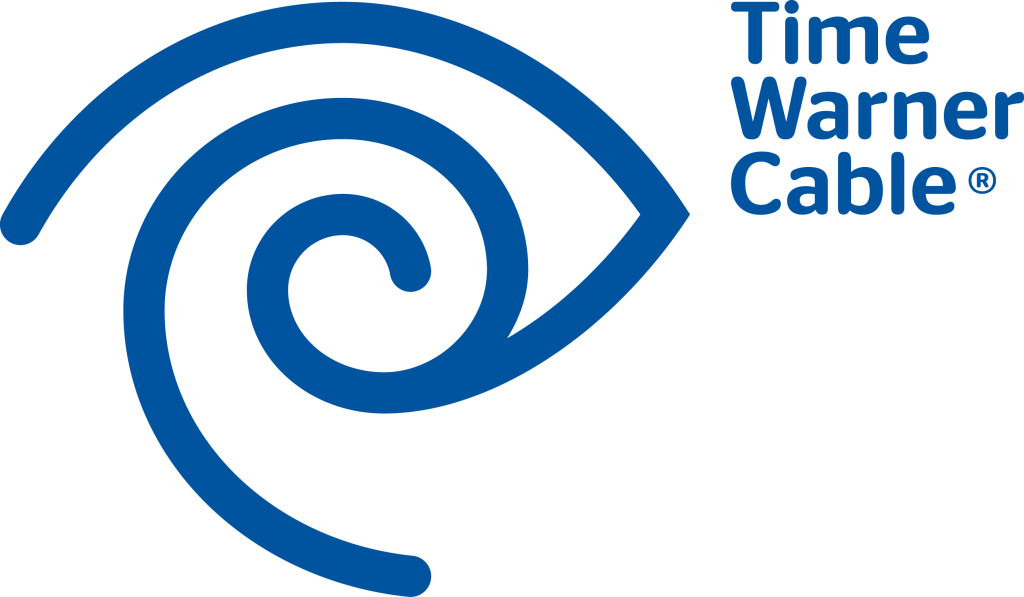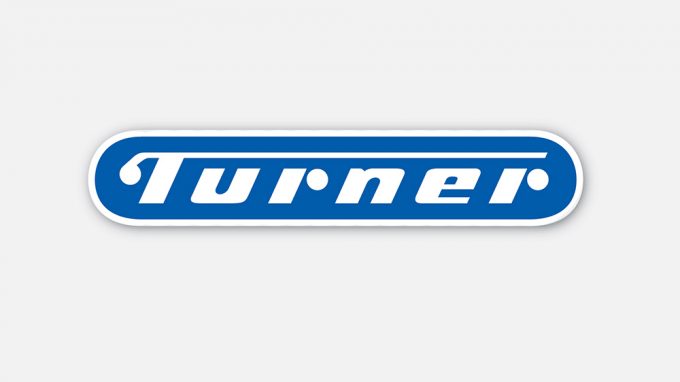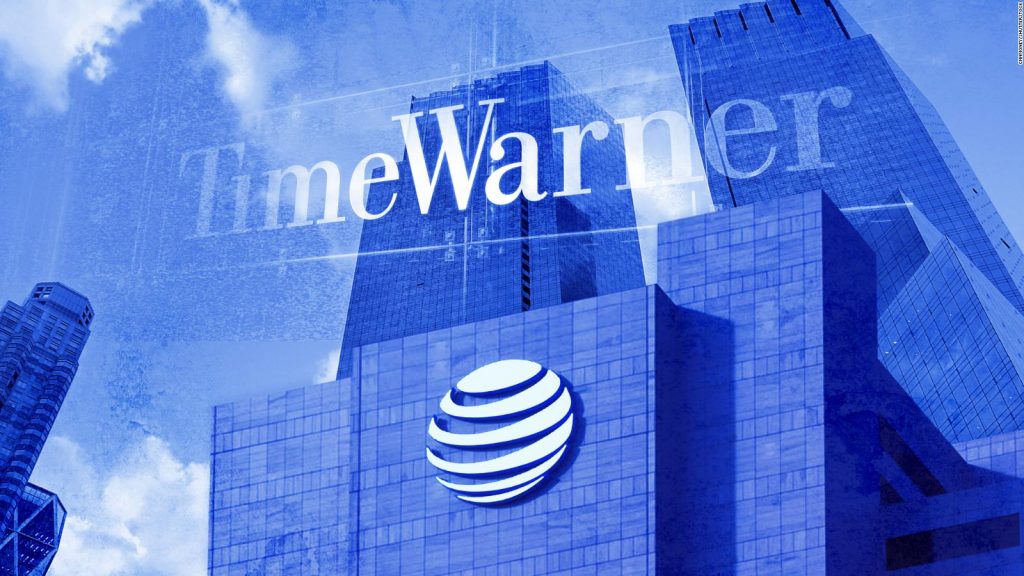Time Warner Inc. (“Time Warner” or the “Company”) is a leading media and entertainment company, whose businesses include television networks, and film and TV entertainment. The company’s successful media brands include TNT, TBS, Cartoon Network, CNN, HBO, Cinemax, Warner Bros., and New Line Cinema. In this article, we will explain how Time Warner makes money. Firstly, we will explain the key business segments of Time Warner and how the company generates revenue from each of those segments. Then, we will share Time Warner revenues by business segments and revenue type for the year 2015. Then, we will share the revenues, the profits, and the profit margins of Time Warner for 2015. Finally, we will provide an analysis of Time Warner 2015 operating profits by business segments.
A Brief History Of Time Warner
Before we get into the details of Time Warner business model, let us take a quick look at the key events in the history of Time Warner.

- Time Warner was created from the merger of Time Inc and Warner Communications in 1989. These companies were founded several decades earlier. Time Inc launched its first weekly magazine in 1923. Warner Bros. released its first movie in 1926.
- HBO was launched in 1972. It was acquired by Time in 1973.
- Time Warner acquired Turner broadcasting (owner of CNN, TNT, TBS, and many other properties) in 1996. Turner was founded by 1970’s. CNN was launched in 1980.
- In 2000, the mega merger of AOL and Time Warner was announced. The company was called AOL Time Warner.
- Then, a series of spin-offs started. Warner Music Group was spin-off in 2003. Time Warner Cable and AOL were spin-off as separate companies in 2009. Time Inc was spin-off as a separate company in 2014.
- AOL was acquired by Verizon in 2014. Time Warner Cable was acquired by Charter communications in 2016.
- In October 2016, AT&T announced its intention to acquire Time Warner Inc. The deal is pending for regulatory approvals.
Time Warner Business Segments
Time Warner classifies its operations into three re portable segments:
- Turner. It consists of cable networks and digital media properties.
- Home Box Office. It consists of premium pay television and streaming services domestically and premium pay, basic tier television and streaming services internationally.
- Warner Bros. It consists of television, feature film, home video, and video game production and distribution.

Key Elements Of Time Warner Business Model
The following diagram shows the key elements of the Time Warner business model. It shows key offerings of the different business segments, the type of customers that they serve, and the types of revenue that they generate from those customers. The details of these elements are presented in the sections below.
How Time Warner Makes Money From Turner Business Segment?
The Turner segment consists of businesses managed by Turner Broadcasting System, Inc. (“Turner”). Turner operates domestic and international television networks and related properties that offer entertainment, sports, kids and news programming on television and digital platforms for consumers around the world. The Turner networks and related properties include TNT, TBS, Adult Swim, truTV, Turner Classic Movies, Turner Sports, Cartoon Network, Boomerang, CNN and HLN.
Turner’s programming is available to audiences for viewing live and on demand across television, mobile devices and other digital platforms through services provided by affiliates and on Turner’s digital properties. Turner also owns and operates various digital media businesses, including Bleacher Report; the CNN digital properties, including CNN Go, CNN.com and CNNMoney.com; and other digital properties associated with its networks.
In addition, Turner manages and operates sports league digital properties in conjunction with associated television rights, such as NBA Digital and NCAA.com.

Turner generates the following types of revenue:
- Subscription revenue. This includes revenue principally from providing programming to affiliates that have contracted to receive and distribute the programming to subscribers.
- Advertising revenue. This includes revenue from the sale of advertising and sponsorships on its networks and the digital properties it owns or manages for other companies.
- Content and other revenue. This includes revenue from the license of its original programming to subscription-video-on-demand (SVOD) and other over-the-top (OTT) services and its brands and characters for consumer products.
How Time Warner Makes Money From Home Box Office Business Segment?
The Home Box Office segment consists of businesses managed by Home Box Office, Inc. (“Home Box Office”). Home Box Office operates the HBO and Cinemax multi-channel premium pay television services. HBO- and Cinemax-branded premium pay, basic tier television or streaming services are distributed in over 60 countries in Latin America, Asia and Europe. In April 2015, Home Box Office launched HBO NOW, a stand-alone premium streaming service available to consumers in the U.S.
HBO and Cinemax programming is available in the U.S. to subscribers of affiliates for viewing on its main HBO and Cinemax channels and its multiplex channels, through Home Box Office’s on demand services, HBO On Demand and Cinemax On Demand, and through Home Box Office’s streaming video-on-demand services, HBO GO and MAX GO. HBO GO and MAX GO are available on a variety of digital platforms, including mobile devices, gaming consoles and Internet connected streaming devices and televisions.
Home Box Office’s agreements with its domestic affiliates are typically long-term arrangements that provide for annual service fee increases and marketing support. The fees to Home Box Office under affiliate agreements are generally based on the number of subscribers served by the affiliates.

Home Box Office generates the following types of revenue:
- Subscription revenue. This includes revenue principally from providing its programming to domestic affiliates and other distributors that have contracted to receive and distribute the programming to their customers who subscribe to the HBO and Cinemax services. Home Box Office also derives subscription revenues from the distribution by international affiliates of country-specific HBO and Cinemax premium pay, basic tier television and streaming services to their local subscribers and direct-to-consumer streaming services. HBO GO is available to HBO premium pay television subscribers in a number of countries outside the U.S.
- Content and Other revenue. This includes revenue from the exploitation of its original programming through multiple other distribution outlets. Home Box Office sells its original programming in both physical and digital formats in the U.S. and various international regions through a wide variety of digital storefronts and traditional retailers. In addition, Home Box Office also licenses some of its programming to the Amazon Prime SVOD service. Finally, Home Box Office has also licensed certain of its original programming, which was produced by Home Box Office but aired on broadcast television, to domestic basic cable networks and local television stations.
How Time Warner Makes Money From Warner Bros. Business Segment?
The Warner Bros. segment consists of businesses managed by Warner Bros. Entertainment Inc. (“Warner Bros.”) that principally produce and distribute feature films, television shows, and video games.
In the theatrical production and distribution business, the company produces and distributes feature films under its Warner Bros. and New Line Cinema banners. Feature films typically are produced or acquired for initial exhibition in theaters, followed by distribution, generally commencing within three years of such initial exhibition, through sales of feature films in physical format, electronic sell-through, video-on-demand, subscription video-on-demand services, premium cable, basic cable and broadcast networks.

In the television production and distribution business, the company produces several original television series throughout the year and licenses them to broadcast networks, basic cable networks, premium pay television, SVOD services, and first-run syndication. The company also licenses the programming rights of its U.S. original television series in international territories. Outside the U.S., Warner Bros. has a global network of production companies in 16 countries (located across Europe and South America and in Australia and New Zealand), which allows them to develop programming specifically tailored for the audiences in those territories.
In the home entertainment and video game business, the company generates revenue from the distribution of television and theatrical product in various physical and digital formats (e.g., electronic sell-through (EST) and video-on-demand). In addition, the company generates revenues through the development and distribution of video games, including mobile and console games. Its video games are based on intellectual property owned or licensed by Warner Bros.
Warner Bros. reports the following types of revenue:
- Theatrical Product revenues. This includes revenue from the content which is made available for initial exhibition in theaters.
- Television Product revenues. This includes revenue from the content which is made available for initial airing on television.
- Videogames and other. This includes revenue from mobile and console games published and distributed by Warner Bros.
Warner Bros. theatrical product revenue consists of the following:
- Film rentals revenue. This includes revenue from the rental fees paid by theaters for the theatrical exhibition of feature films produced (or co-produced) and/or distributed by Warner Bros.
- Television licensing revenue. This includes licensing fees paid by television networks, premium pay television services and SVOD and other OTT services for the exhibition of feature films produced or co-produced by Warner Bros.
- Home video and electronic delivery. This includes revenues from the distribution of Warner Bros.’ and other companies’ feature films in physical and digital formats.
- Consumer product and other. This includes revenues from the intellectual property licensing, including theme park licensing of characters in Warner Bros. feature films.
Warner Bros. television product revenue consists of the following:
- Television licensing revenue. This includes revenue from the following: (1) fees for the initial broadcast of Warner Bros.’ television programming on U.S. broadcast and cable television networks and premium pay television and SVOD and other OTT services; (2) fees for the airing or other distribution of its television programming after its initial broadcast in secondary U.S. distribution channels (such as basic cable networks, local television stations and SVOD and other OTT services); (3) fees for the international distribution of Warner Bros.’ television programming for free-to-air television, basic tier television services, premium pay television services and SVOD and other OTT services.
- Home Video and electronic delivery revenue. This includes revenues from the sale of the television programming of Warner Bros. and other companies in physical and digital formats.
- Consumer Products and other revenue. Warner Bros.’ television programming also supports Warner Bros.’ key franchises, which helps generate consumer product revenues based on the programming for years beyond the initial airing of the programming on television.

Time Warner Revenues By Business Segments and Revenue Types
In 2015 (fiscal year ended December 31, 2015), Time Warner generated a total revenues of $28.1 billion. Time Warner generated
- $10.6 billion revenues from the Turner business segment
- $5.6 billion revenues from the Home Box Office business segment
- $13.0 billion from the Warner Bros. business segment
- -$1.1 billion were inter-segment eliminations. Eliminations are transactions that the different segments enter into with one another.
Of its total revenues of $10.6 billion, Turner generated $5.3 billion from subscription, $4.6 billion from advertising, and $0.7 billion from content and other.
Of its total revenues of $5.6 billion, Home Box Office generated $4.7 billion from subscription and $0.9 billion from content and other.
Of its total revenues of $13.0 billion, Warner Bros. generated $5.1 billion from theatrical product, %5.6 billion from television product, and $2.2 billion from videogames and other.
- Of the $5.1 billion theatrical product revenues, Warner Bros. generated $1.6 billion from film rentals, $1.7 billion from home video and electronic delivery, $1.6 billion from television licensing, and $0.3 billion from consumer products and other.
- Of the $5.6 billion television product revenues, Warner Bros. generated $4.7 billion from television licensing, $0.5 billion from home video and electronic delivery, and $0.5 billion from consumer products and other.
Time Warner Revenues By Geography Segments
Of the total revenues of $28.1 billion in 2015, Time Warner generated
- $20.4 billion revenues, 72.6% of the total, from United States and Canada.
- $7.7 billion revenues, 27.4% of the total, from international territories. Of those revenues, Time Warner generated $4.5 billion from Europe, $1.6 billion from Asia/Pacific Rim, $1.3 from Latin America, and $0.3 billion from all other countries.
Time Warner Revenues, Profits, And Profit Margins 2015

Of the $28.1 billion of Time Warner Inc total revenues in 2015, $21.3 billion were the costs of revenue and other operating costs. These include: programming costs for acquired films and syndicated series; programming costs for originals and sports; film and television production costs; merchandise and related costs; selling, general, and administrative expenses; depreciation and amortization; restructuring and impairment charges. This resulted in $6.9 billion of operating profit and an operating margin of 24.4%. After interest and other non-operating income and expenses and income taxes, Time Warner had a net profit of $3.8 billion and a net margin of 13.6%.
Time Warner Profitability By Business Segments
Time Warner’s largest segment in terms of revenues is Warner Bros., but its operating profit is the smallest. Turner is the most profitable business segment. During 2015,
- Turner segment had an operating profit of $4.1 billion and an operating profit margin of 38.6%.
- Home Box Office had an operating profit of $1.9 billion and an operating profit margin of 33.4%.
- Warner Bros. had an operating profit of $1.4 billion and an operating profit margin of 10.9%.








